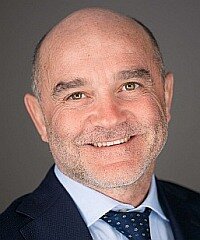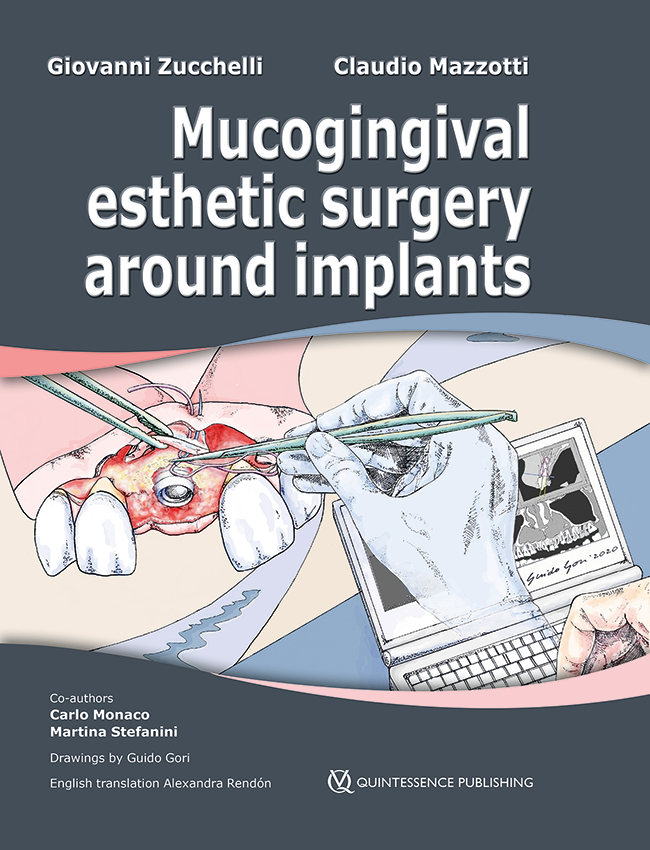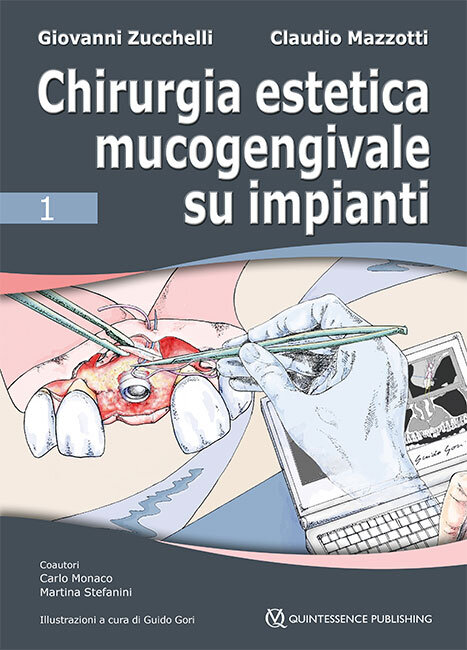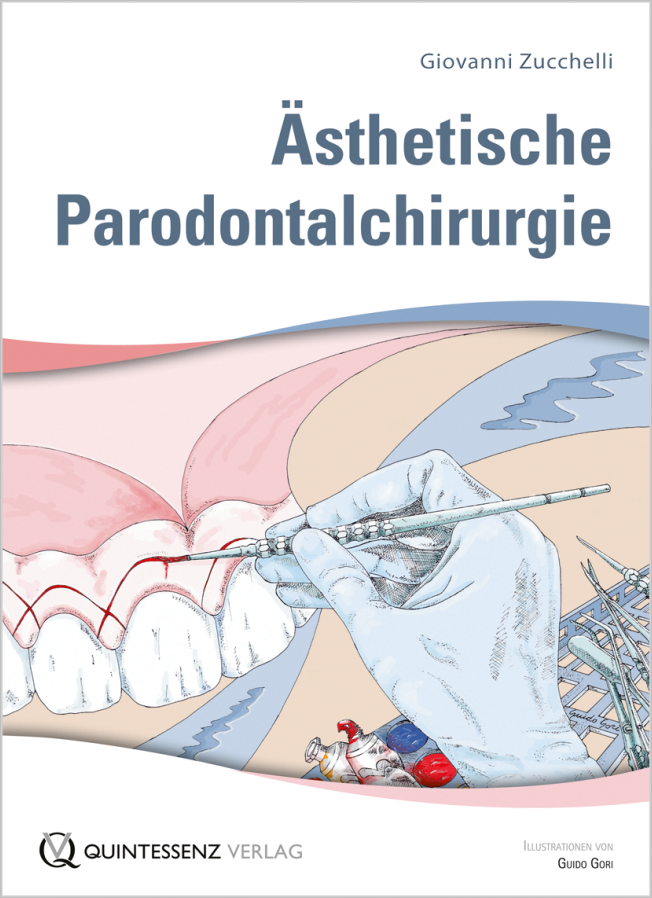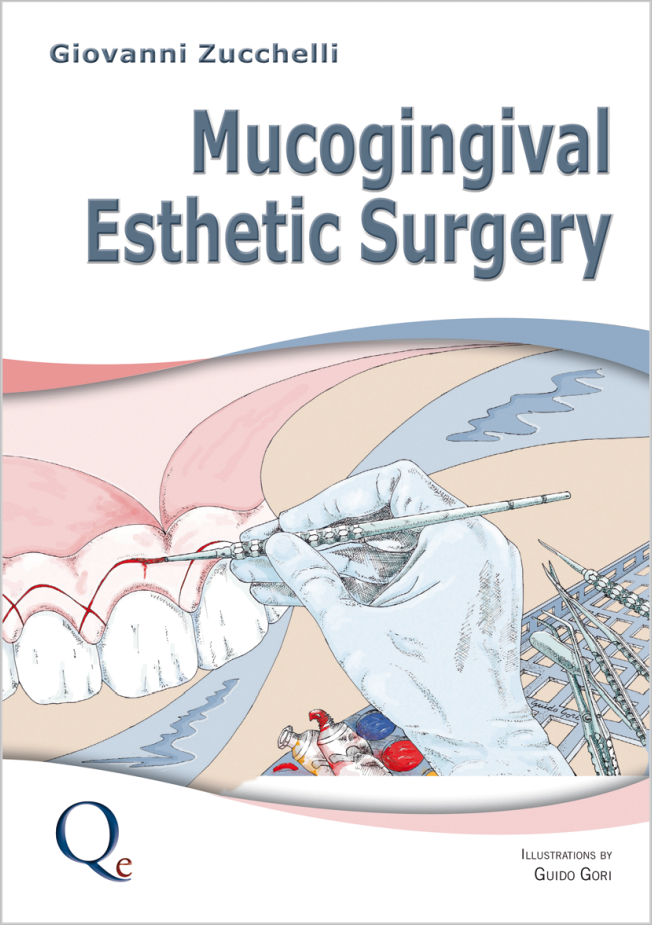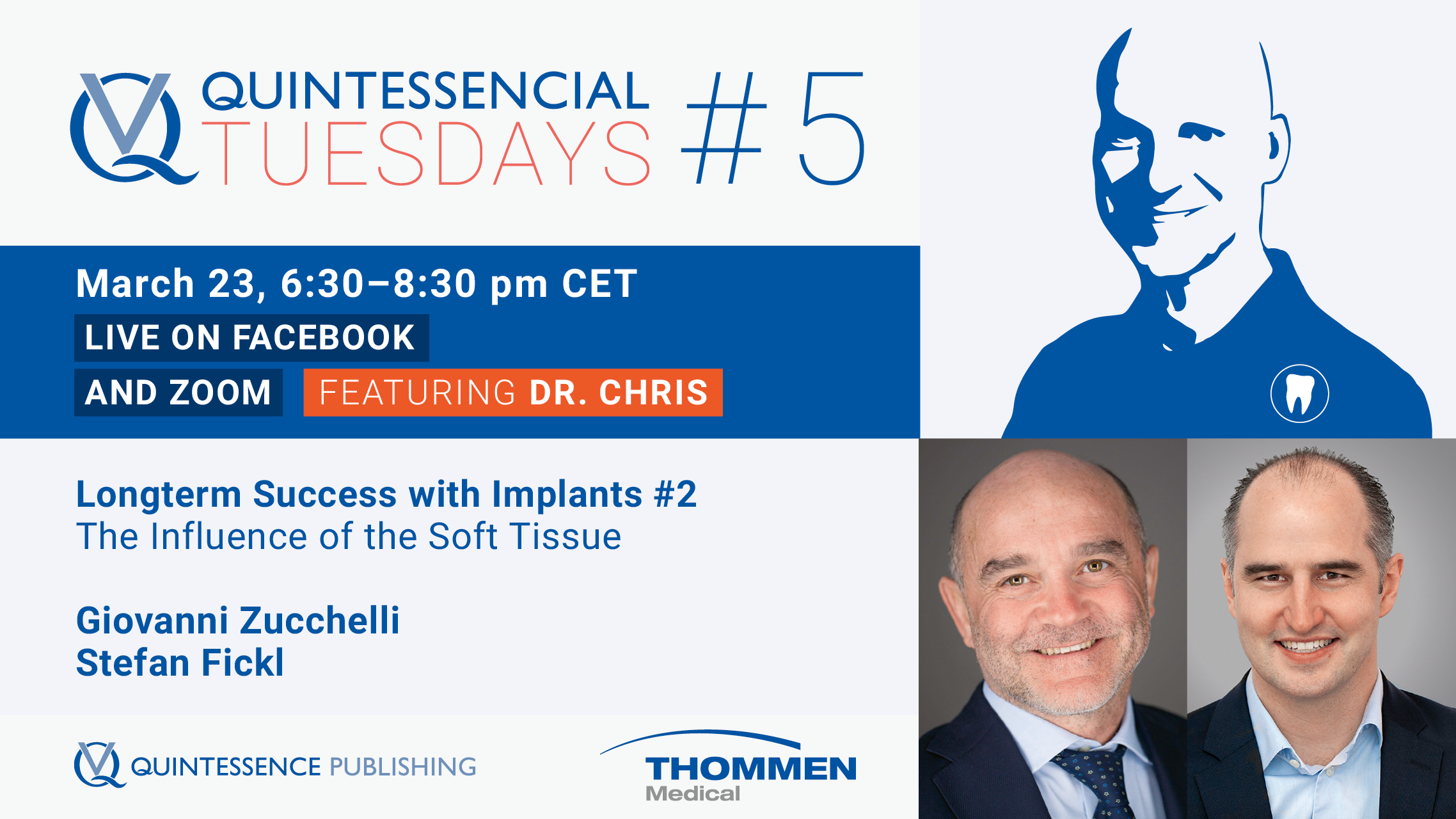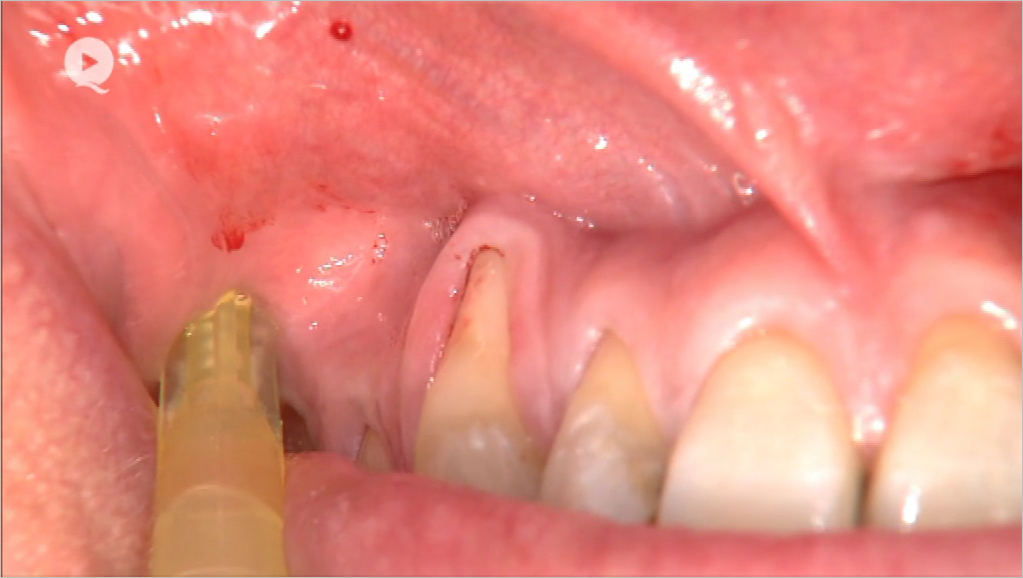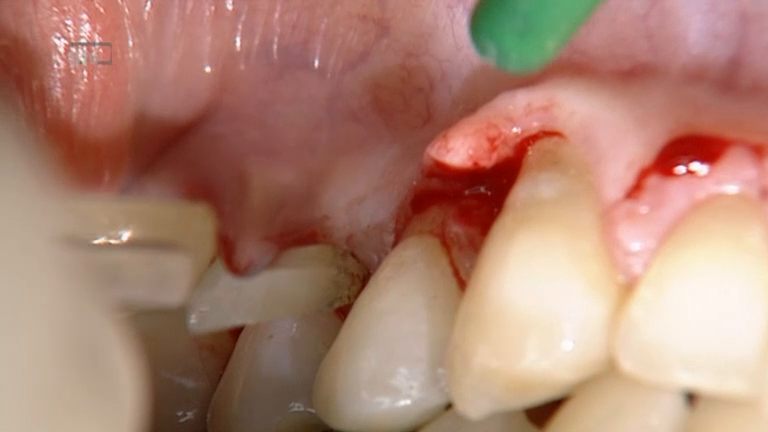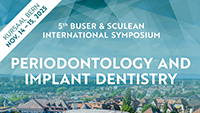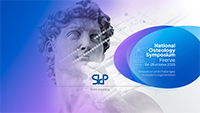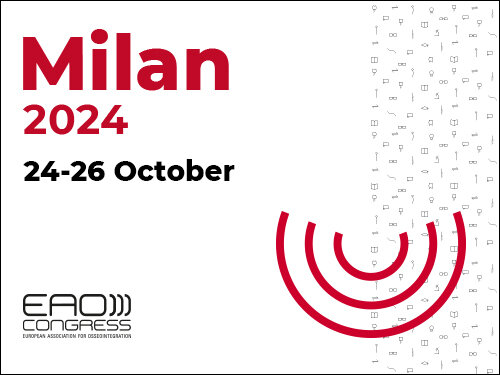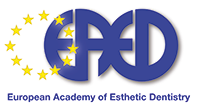Utilizamos cookies para habilitar las funciones necesarias para este sitio web, como el inicio de sesión o la cesta de la compra. Puede encontrar más información en nuestra política de privacidad.
- Libros
- General
- Categorías
- Revistas
- Categorías
- DVD/libros electrónicos/aplicaciones
- General
- Categorías
- Eventos
- Categorías
- Vídeos
- Información al paciente
- Información para el paciente - lo más visto
- Aesthetic anterior teeth
- Conservación de los dientes
- Dental Explorer Video Edition
- Endodoncia
- Fixed dentures
- Gums and supporting structures
- Implantología
- Implants
- Malocclusion
- Odontología estética
- Oral hygiene
- Periodoncia
- Pregnancy & teeth
- Prótesis
- Removable dentures
- Restoring posterior teeth
- Root canal treatment
- Surgery
- Información al paciente
- Socio
- Autores
- General
- Newsletter
- ISPRD
- Más




